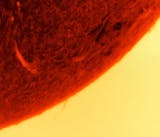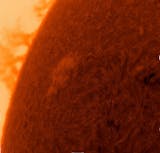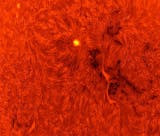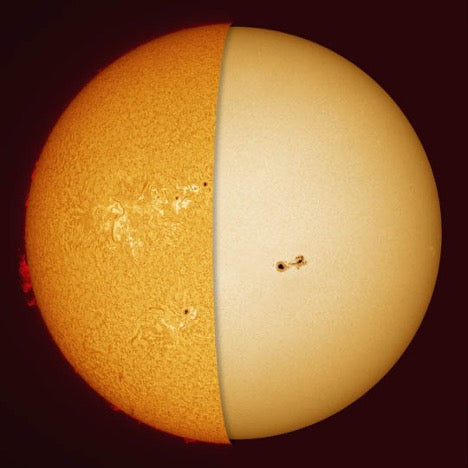
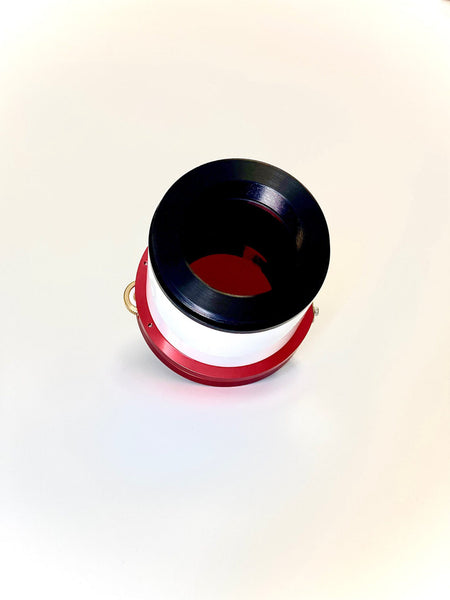
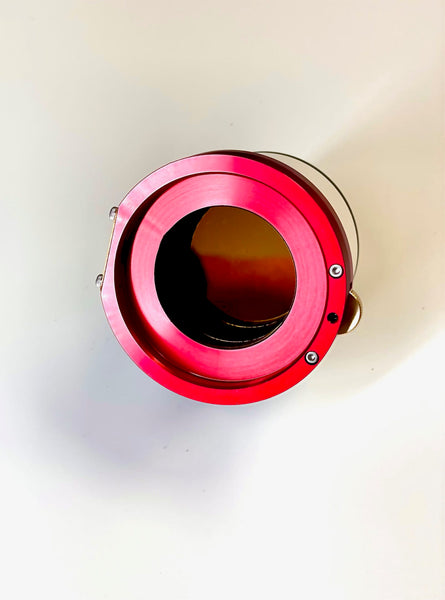



Products in the Same Family
Why Purchase from All-Star Telescope?
Free Expert Support
Whether you are a first timer needing help with setting up or an enthusiast that can't quite make that one thing work, our expert staff are ready to support your needs. With decades of knowledge and first hand experience we've been there and we can help you through it!
Stress Free, Secure Transactions
You can trust purchasing and delivery with All-Star Telescope. All of our transactions are 100% secure and Level 1 PCI DSS compliant thanks to Shopify's ShopPay platform. For additional protection, we insure 100% of the value of every shipment we make. If it get's lost during shipment, we replace it. If it gets damaged during shipment, we replace it. We make sure your product arrives exactly as you would expect it to; we promise.
We also ensure privacy protection. We never keep any of your credit card information on file and any of your personal data is stored according to our policies.
30 Day Return Policy
Buy with confidence knowing that we accept returns up to 30 days after purchase. We want you to have something you will actually use and we are confident that we keep good quality products in our store with No Junk.
Price Match Promise
Shipping around for the best price is tough, we make it easier by offering the best pricing in the market. But if you find a better price on an in-store item somewhere else we will match it!
Product Description
LS40FHa Double Stack Solar Filter
The Lunt LS40FHa Solar Filter is a 40 mm aperture (no central obstruction) integrally tuned etalon for use on Lunt Dedicated 40 mm Telescopes
The Lunt LS40FHa Double Stack Unit is intended for use with the Lunt 40mm Dedicated Hydrogen Alpha System and requires a Lunt Solar Systems Blocking Filter (this is a safety requirement).
Because the LS40FHa Solar Filter has an estimated bandpass of <0.70 Angstrom it is capable of providing high contrast views of both surface and edge detail. Significantly, adding an additional etalon system (double-stacking) will reduce the bandpass to ~<0.50. Allowing for higher resolution viewing and/or imaging.
Specifications
| Optical Aperture | 40mm |
| Etalon | Internal <0.50 Angstrom as Double Stack |
| Tuning | Tilt |
| Focal Length | 400mm (Unchanged) |
| Filter Storage | Aluminum finished hard case with fitted foam |
| Filter Weight | 1 pounds |


